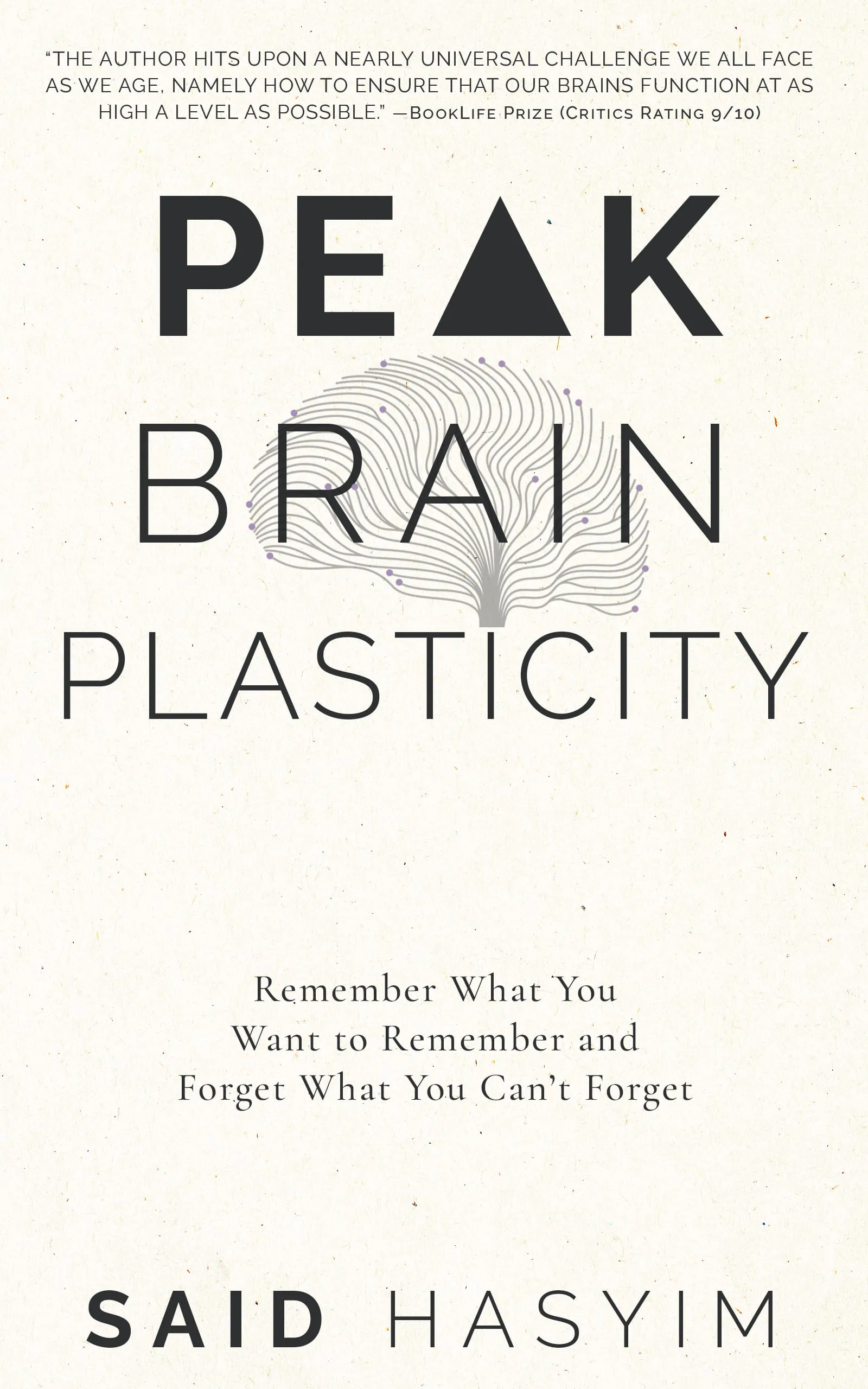Curating Memories: Understanding Their Value
Memories shape our identities, influence our decisions, and color our perspectives. They are the invisible threads that connect us with our past, guide our present, and inspire our future. In a world that is increasingly frenetic, filled with distractions and transient experiences, the act of curating our memories has never been more significant. But what does it mean to curate memories? Why is it important? And how can we better value and manage our personal archives?
The Essence of Memory
At its core, memory is more than just a collection of past experiences. It’s a tapestry woven from emotions, sensory impressions, and narratives that define who we are. Psychologically, memories can be classified into different types:
- Episodic Memory: These are the vivid, specific experiences tied to particular events. Think of your first day of school or your most memorable vacation.
- Semantic Memory: This refers to our knowledge of facts, concepts, and general information, like knowing that Paris is the capital of France.
- Procedural Memory: This involves skills and actions learned through repetition, such as riding a bike or playing a musical instrument.
Each type of memory has its importance, but it's the episodic memories that often evoke the strongest emotional responses. The ability to recall moments from our lives—be they joyful or painful—helps us navigate the complexities of our existence.
The Importance of Curating Memories
1. Enhancing Self-Understanding
Curating memories allows us to reflect on our life experiences, leading to greater self-awareness. By sifting through past events, we uncover patterns in our behavior, decisions, and relationships. This process can reveal our strengths and weaknesses, guiding personal growth.
2. Nurturing Connections
Memories are not just individual possessions; they can also be collective. Curating shared memories with family or friends reinforces bonds and fosters a sense of belonging. By reminiscing together, we create a shared history that deepens our connections and understanding of one another.
3. Preserving Legacy
Curating memories serves as a way to document our lives for future generations. Whether through diaries, scrapbooks, or digital archives, the act of preserving memories is a powerful way to pass down our stories, values, and experiences. In doing so, we provide future family members with insights into their heritage and life lessons learned.
4. Promoting Mindfulness
Curating memories encourages us to slow down and appreciate the richness of our experiences. In our fast-paced society, we often move from one moment to the next without reflection. Taking the time to revisit and curate our memories fosters mindfulness, allowing us to savor both the peaks and valleys of our life journey.
Strategies for Curating Memories
1. Journaling
Writing about your day-to-day experiences helps capture fleeting moments and emotions. With journaling, you can express your thoughts and feelings, transforming ephemeral moments into lasting memories. Consider designating a few minutes each day or week to reflect and write.
2. Photography
Visual documentation can enhance memory-curation practices. Photographs can evoke emotions and memories that words sometimes fail to capture. Creating photo albums—physical or digital—can help organize and categorize your experiences, making it easier to revisit cherished moments.
3. Themed Memory Boxes
A memory box is a curated collection of physical items that represent important life moments. You might include ticket stubs from various events, letters, or small mementos from travels. This tactile approach can invoke nostalgia and allow you to physically engage with your past.
4. Digital Archives
In the age of technology, consider creating a digital archive. Use apps or cloud storage to organize photos, videos, voice notes, and written reflections. Digital curation makes it easier to share your memories with loved ones and ensures preservation against the ravages of time.
5. Storytelling Circles
Gather friends and family to share stories around a theme or a particular event. This practice not only strengthens relationships but also brings to light different perspectives on shared experiences. It's a beautiful way to celebrate the richness of your collective memory.
The Unseen Value of Curated Memories
Curating memories is not merely an exercise in nostalgia; it fosters resilience and emotional well-being. Research indicates that recalling positive memories can improve mood and reduce stress, while the act of reflecting on negative experiences can aid in the healing process. By curating our memories, we gain the tools to navigate future challenges with greater confidence and self-compassion.
Additionally, the practice of memory curation can foster creativity. Revisiting past experiences can inspire new ideas, perspectives, and innovations. Many artistic expressions—be it writing, painting, or music—are rooted in the artists’ reflections on their memories.
Conclusion
Curating memories is an art form that enriches our lives in multifaceted ways. As we navigate an increasingly complex world, finding the time to reflect, appreciate, and organize our memories can offer clarity and purpose. While memories may be intangible, their value in shaping our identities, connecting us with others, and enhancing our mental resilience is immeasurable.
So, take a moment today and indulge in the celebration of your life’s journey. Whether it’s journaling about your day, organizing a memorable event, or simply reminiscing about past adventures, allow yourself the gift of memory curation. In doing so, you cultivate an archive of experiences that can inspire and guide you through the ever-rolling tide of life.
Harness the Power of Neuroplasticity
Discover Peak Brain Plasticity, a practical book to harnessing neuroplasticity. Enhance your memory, learn new languages quickly, and alleviate anxiety with effective study methods. Uncover daily habits that impact cognitive health and explore techniques for accelerated learning and memory retention. Unlock your brain's potential for growth and transformation.
